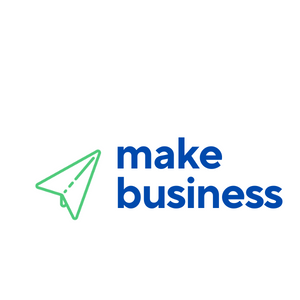How 3D Printing is Revolutionizing Product Development
In recent years, 3D printing has emerged as a groundbreaking technology, transforming the landscape of product development across various industries. From rapid prototyping to mass customization, 3D printing offers unprecedented opportunities for innovation and efficiency. This article explores how 3D printing is revolutionizing product development, providing valuable insights and examples to illustrate its impact.
The Rise of 3D Printing in Product Development
3D printing, also known as additive manufacturing, involves creating three-dimensional objects from digital files by layering materials. This technology has gained significant traction due to its ability to streamline the product development process. Here are some key ways 3D printing is making a difference:
- Rapid Prototyping: 3D printing allows designers and engineers to quickly create prototypes, reducing the time and cost associated with traditional manufacturing methods.
- Customization: The technology enables the production of customized products tailored to individual needs, enhancing customer satisfaction.
- Complex Designs: 3D printing can produce intricate designs that are difficult or impossible to achieve with conventional techniques.
Case Studies: Real-World Applications
Several industries have embraced 3D printing, leveraging its capabilities to innovate and improve their product development processes. Here are a few notable examples:
Automotive Industry
The automotive sector has been quick to adopt 3D printing for prototyping and manufacturing parts. For instance, Ford Motor Company uses 3D printing to create prototypes of car parts, significantly reducing the time required for testing and development. This approach not only accelerates the design process but also allows for more frequent iterations, leading to better final products.
Healthcare Sector
In healthcare, 3D printing is revolutionizing the production of medical devices and prosthetics. Companies like Align Technology use 3D printing to manufacture custom dental aligners, offering patients a personalized treatment experience. Additionally, 3D-printed prosthetics are becoming more accessible and affordable, improving the quality of life for individuals with limb differences.
Aerospace Industry
The aerospace industry benefits from 3D printing’s ability to produce lightweight and complex components. GE Aviation, for example, uses 3D printing to manufacture fuel nozzles for jet engines, resulting in parts that are 25% lighter and five times more durable than traditionally manufactured counterparts. This innovation contributes to fuel efficiency and cost savings.
Statistics Highlighting the Impact of 3D Printing
The impact of 3D printing on product development is supported by compelling statistics:
- According to a report by Wohlers Associates, the 3D printing industry was valued at $12.8 billion in 2020 and is projected to reach $51 billion by 2030.
- A survey by Sculpteo revealed that 93% of companies using 3D printing have gained a competitive advantage, with 68% reporting improved product development processes.
- The use of 3D printing in prototyping has reduced development time by an average of 63%, according to a study by Jabil.
Conclusion: The Future of Product Development
3D printing is undeniably revolutionizing product development, offering faster prototyping, greater customization, and the ability to create complex designs. As industries continue to adopt and integrate this technology, we can expect even more innovative applications and improvements in efficiency. The future of product development is bright, with 3D printing at the forefront of this transformation.
As businesses and consumers alike embrace the possibilities of 3D printing, the potential for innovation is limitless. Whether you’re a designer, engineer, or entrepreneur, now is the time to explore how 3D printing can enhance your product development process and drive your industry forward.
